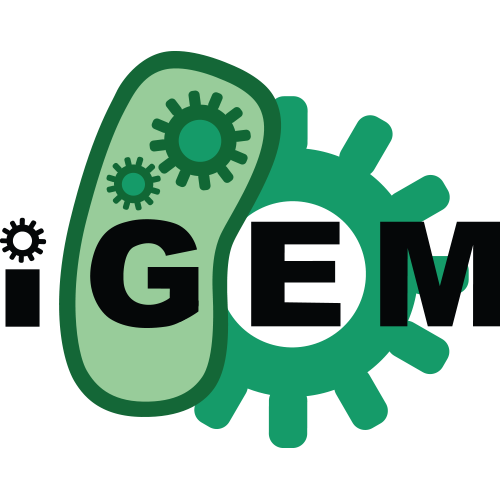Source:
Generated By: https://synbiohub.org/public/igem/igem2sbol/1
Created by: Gilles Yvan Buck
Date created: 2016-12-13 12:00:00
Date modified: 2016-12-13 09:12:05
Enzymatic Pathway for Denitrogenation
| Types | DnaRegion |
| Roles | Temporary sequence_feature |
| Sequences | BBa_J331026_sequence (Version 1) |
Description
We are going to be targeting, the compound carbazole, it contains 70% of nitrogen by mass in petroleum tailing ponds, it's hard compound to attack and if our solution works it might also work in other lesser compounds. We are going to make a bacteria that is able to convert carbazole into catechol, another compound. That doesn???t contain nitrogen or any other polluting substance. The bacteria will have an enzymatic pathway that can accomplish this.Notes
N/ASource
Nitrogen: Nitrogen is a chemical element with symbol N and atomic number 7. It was first discovered and isolated by Scottish physician Daniel Rutherford in 1772. Although Carl Wilhelm Scheele and Henry Cavendish had independently done so at about the same time, Rutherford is generally accorded the credit because his work was published first. The name nitrogen was suggested by Jean-Antoine-Claude Chaptal in 1790, when it was found that nitrogen was present in nitric acid and nitrates; this name derives from the Greek roots νἰτρον "nitre" and -γεννᾶν "to form". Antoine Lavoisier suggested instead the name azote, from the Greek άζωτικός "no life", as it is an asphyxiant gas; his name is instead used in many languages, such as French, Russian, and Turkish, and appears in the English names of some nitrogen compounds such as hydrazine, azides and azo compounds.| Access | Instance | Definition |
| public public public public public public public public public public | BBa_R0040 BBa_B0034 BBa_K902032 BBa_B0034 BBa_K902033 BBa_B0034 BBa_K902034 BBa_B0034 BBa_J331025 BBa_J331024 | p(tetR) BBa_B0034 BBa_K902032 BBa_B0034 BBa_K902033 BBa_B0034 BBa_K902034 BBa_B0034 BBa_J331025 BBa_J331024 |
